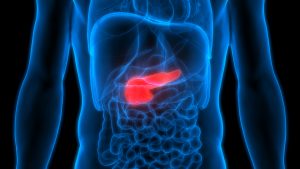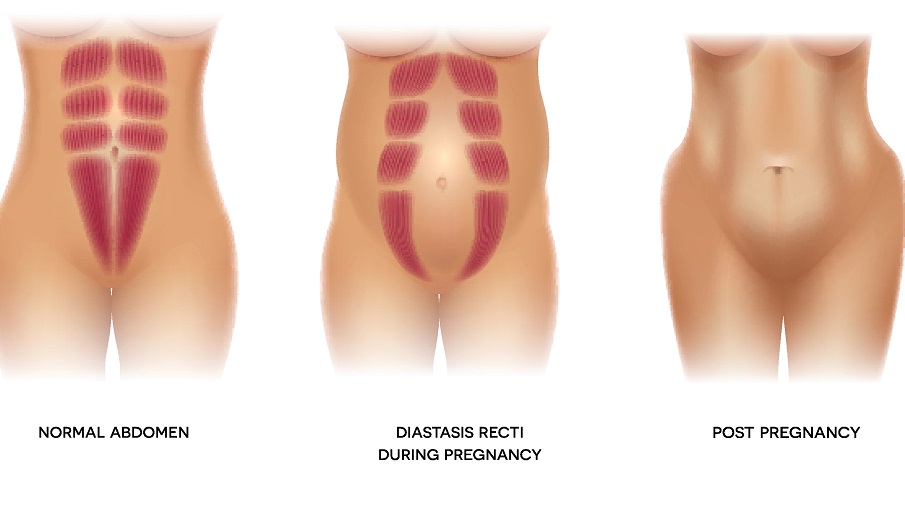 Turmeric is a bright yellow spice that has been used for centuries in Asia, and today is promoted around the world as a dietary supplement. It is believed to have medicinal capabilities due to a powerful ingredient -curcumin- that has anti-inflammatory and anti-oxidant properties.
Turmeric is a bright yellow spice that has been used for centuries in Asia, and today is promoted around the world as a dietary supplement. It is believed to have medicinal capabilities due to a powerful ingredient -curcumin- that has anti-inflammatory and anti-oxidant properties.
Turmeric is also believed to have other properties which include:
- Anti-proliferative
- Anti-microbial
- Neuroprotective
- Cardioprotective
- Wound healing
However, they have not been studied, and much research is needed to confirm their effects.
Turmeric is taken orally, usually mixed in with cooking oils or ingested as a spice. It is considered to be generally very safe; however, some people have experienced nausea and occasionally diarrhea from taking it. It is also important to note that turmeric can be harmful to pregnant women, and can interact with certain medications such as aspirin or ibuprofen, affecting how they work. Before adding turmeric to your diet, it is highly advised that you speak with a physician.
At the MediSys Health Post-COVID Care Center, health practitioners may incorporate a diet that focuses on reducing inflammation as part of a patient’s integrative health treatment plan. The anti-inflammatory diet involves the elimination of foods and beverages high in fat and increasing the consumption of vegetables and lean proteins, such as fish. Another aspect of this diet is adding turmeric (as recommended by an integrative health physician) which can help address joint stiffness and muscle pain, both common symptoms reported by patients experiencing the long-term COVID-19 symptoms.
The MediSys Health Network has opened up a Post COVID-19 Care Center focusing on treating people who have been experiencing long-term side effects of the virus. These people are known as “Long Haulers” and may experience depression, lethargy, anxiety, inflammation, loss of hair, loss of taste, shortness of breath, muscle and body pain. The staff at the center takes a holistic, whole approach to treating these patients. This includes not only treating with medications when deemed necessary but also with exercise, yoga, mind-body exercises, and nutritional support.
If you or someone you know is experiencing long-term effects of COVID-19 and would like to schedule an appointment at the Post COVID Center, please call 718-736-8204.
All content of this newsletter is intended for general information purposes only and is not intended or implied to be a substitute for professional medical advice, diagnosis or treatment. Please consult a medical professional before adopting any of the suggestions on this page. You must never disregard professional medical advice or delay seeking medical treatment based upon any content of this newsletter. PROMPTLY CONSULT YOUR PHYSICIAN OR CALL 911 IF YOU BELIEVE YOU HAVE A MEDICAL EMERGENCY.









